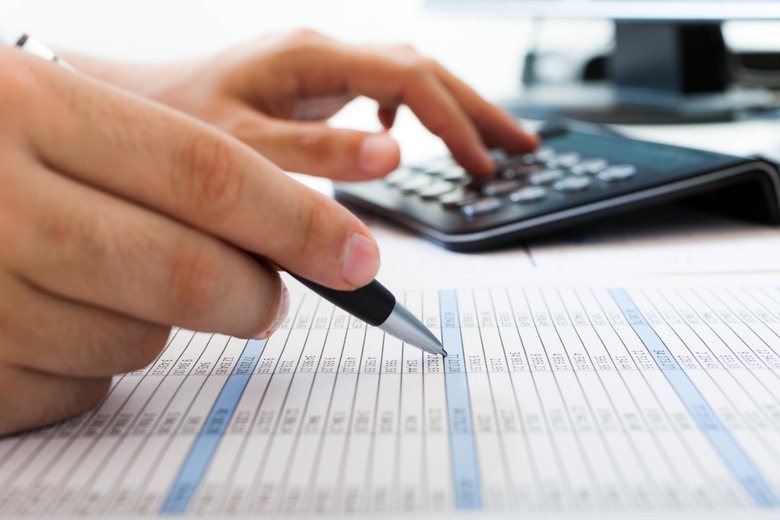How To Calculate An Average Percent Change
Calculating a percentile change in a number is straightforward; calculating the average of a set of numbers is also a familiar task for many people. But what about calculating the average percent change of a number that changes more than once?
For example, what about a value that is initially 1,000 and increases to 1,500 over a five-year period in increments of 100? Intuition might lead you to the following:
The overall percent increase is:
\(\bigg(\frac{\text{Final } – \text{ initial value}}{ \text{ initial value}}\bigg) × 100\)
Or in this case,
\(\bigg(\frac{1500 – 1000}{ 1000}\bigg) × 100 = 0.50 × 100 = 50\%\)
So the average percent change must be
\(\frac{50\% }{5 \text{ years}} = +10\% \text{ per year}\)
...right?
As these steps show, this is not the case.
Step 1: Calculate the Individual Percent Changes
Step 1: Calculate the Individual Percent Changes
For the above example, we have
\(\bigg(\frac{1100 – 1000}{ 1000}\bigg) × 100 = 10\% \text{ for the first year,} \
\,\)
\(\bigg(\frac{1200 – 1100}{ 1100}\bigg) × 100 = 9.09\% \text{ for the second year,} \
\,\)
\(\bigg(\frac{1300 – 1200}{ 1200}\bigg) × 100 = 8.33\% \text{ for the third year,} \
\,\)
\(\bigg(\frac{1400 – 1300}{ 1300}\bigg) × 100 = 7.69\% \text{ for the fourth year,} \
\,\)
\(\bigg(\frac{1500 – 1400}{ 1400}\bigg) × 100 = 7.14\% \text{ for the fifth year,}\)
The trick here is recognizing that the final value after a given calculation becomes the initial value for the next calculation.
Step 2: Sum the Individual Percentages
Step 2: Sum the Individual Percentages
\(10 + 9.09 + 8.33 + 7.69 + 7.14 = 42.25\)
Step 3: Divide by the Number of Years, Trials, Etc.
Step 3: Divide by the Number of Years, Trials, Etc.
\(\frac{42.25}{5} = 8.45 \%\)
Cite This Article
MLA
Beck, Kevin. "How To Calculate An Average Percent Change" sciencing.com, https://www.sciencing.com/calculate-average-percent-change-5485263/. 17 November 2020.
APA
Beck, Kevin. (2020, November 17). How To Calculate An Average Percent Change. sciencing.com. Retrieved from https://www.sciencing.com/calculate-average-percent-change-5485263/
Chicago
Beck, Kevin. How To Calculate An Average Percent Change last modified March 24, 2022. https://www.sciencing.com/calculate-average-percent-change-5485263/
